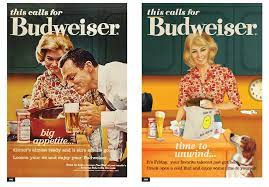Galaxy 'Chauffeur' advert: blog tasks
1) What key conventions of TV advertising can you find in the Galaxy advert? slogan product shot usp mise en scene 2) What is the key message the Galaxy advert is communicating about its chocolate? The slogan for the advert will help you with this question. That galaxy is luxurious due to the fact that the car she was being driven is expensive 3) Who is Audrey Hepburn and w hy did Galaxy select Audrey Hepburn for this advert? Audrey Hepburn was a huge Hollywood star in the 1950s and 1960s. She was associated with Hollywood glamour and style and was also a fashion icon and model. 4) What is intertextuality? the phenomenon of one text referencing, quoting, or alluding to another tex t. 5) What Audrey Hepburn films are suggested in this advert and how is this effect created (e.g. mise-en-scene - CLAMPS: costume, lighting, actors, make-up, props, setting)? She is wearing respectful clothing which could be the normal clothing 1950s. 6) Whic...
